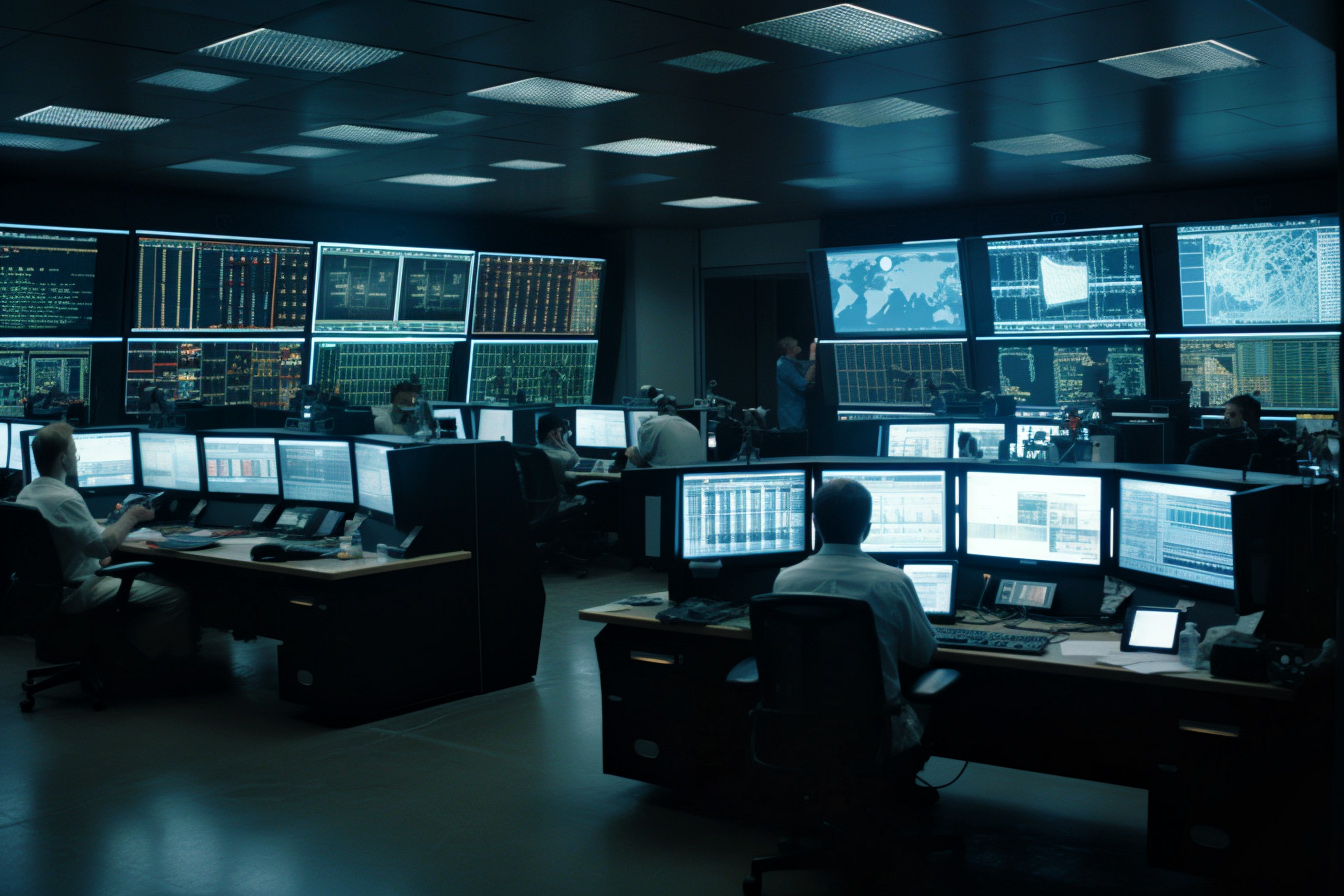If you could ask advice from the world’s most successful hedge fund managers what would they tell you? Jack Schwager has done the work to get us some answers, here are some of the best tips garnered from the top traders in the hedge fund industry.
The following quotes are from Jack Schwagers book Hedge Fund Market Wizards
A good trade can lose money, and a bad trade can make money. Even the best trading processes will lose a certain percentage of the time. There is no way of knowing a priori which individual trade will make money. As long as a trade adhered to a process with a positive edge, it is a good trade, regardless of whether it wins or loses because if similar trades are repeated multiple times, they will come out ahead. Conversely, a trade that is taken as a gamble is a bad trade regardless of whether it wins or loses because over time such trades will lose money.
Ray Dalio, the founder of Bridgewater, the world’s largest hedge fund, strongly believes that learning from mistakes is essential to improvement and ultimate success. Each mistake, if recognized and acted upon, provides an opportunity for improving a trading approach. Most traders would benefit by writing down each mistake, the implied lesson, and the intended change in the trading process. Such a trading log can be periodically reviewed for reinforcement. Trading mistakes cannot be avoided, but repeating the same mistakes can be, and doing so is often the difference between success and failure.
For some traders, the discipline and patience to do nothing when the environment is unfavorable or opportunities are lacking is a crucial element in their success. For example, despite making minimal use of short positions, Kevin Daly, the manager of the Five Corners fund, achieved cumulative gross returns in excess of 800% during a 12-year period when the broad equity markets were essentially flat. In part, he accomplished this feat by having the discipline to remain largely in cash during negative environments, which allowed him to sidestep large drawdowns during two major bear markets. The lesson is that if conditions are not right, or the return/risk is not sufficiently favorable, don’t do anything. Beware of taking dubious trades out of impatience.
Do you know what happens in a bull market? Prices open up lower and then go up for the rest of the day. In a bear market, they open up higher and go down for the rest of the day. When you get to the end of a bull market, prices start opening up higher. Prices behave that way because in the first half hour it is only the fools that are trading [pause] or people who are very smart.
Buying low-beta stocks is a common mistake investors make. Why would you ever want to own boring stocks? If the market goes down 40 percent for macro reasons, they’ll go down 20 percent. Wouldn’t you just rather own cash? And if the market goes up 50 percent, the boring stocks will go up only 10 percent. You have negatively asymmetric returns.
Staring at the screen all day is counterproductive. He believes that watching ever tick will lead to both selling good positions prematurely and overtrading. He advises traders to find something else (preferably productive) to occupy part of their time to avoid the pitfalls of watching the market too closely.
When markets are trending up strongly, and there is bad news, the bad news counts for nothing. But if there is a break that reminds people what it is like to lose money in equities, then suddenly the buying is not mindless anymore. People start looking at the fundamentals, and in this case I knew the fundamentals were very ugly indeed.
Now that you have switched from net long to net short, what would get you long again? – Buying. If all of a sudden stocks stopped going down on bad news that would be a positive sign.
The institutionalization of the market has shortened time horizons—it has reduced the window of time managers have to outperform. Most managers can’t wait for two years for an investment to work. They have to perform now. Their institutional and individual clients appear to demand it through their money flows.
Markets tend to over discount the uncertainty related to identified risks. Conversely, markets tend to under discount risks that have not yet been expressly identified. Whenever the market is pointing at something and saying this is a risk to be concerned about, in my experience, most of the time, the risk ends up being not as bad as the market anticipated.
The low-quality names tend to outperform early in the cycle, and the high-quality names tend to outperform toward the end of the cycle.
If you don’t understand why you are in a trade, you won’t understand when it is the right time to sell, which means you will only sell when the price action scares you. Most of the time when price action scares you, it is a buying opportunity, not a sell indicator.
Traders focus almost entirely on where to enter a trade. In reality, the entry size is often more important than the entry price because if the size is too large, a trader will be more likely to exit a good trade on a meaningless adverse price move. The larger the position, the greater the danger that trading decisions will be driven by fear rather than by judgment and experience.
